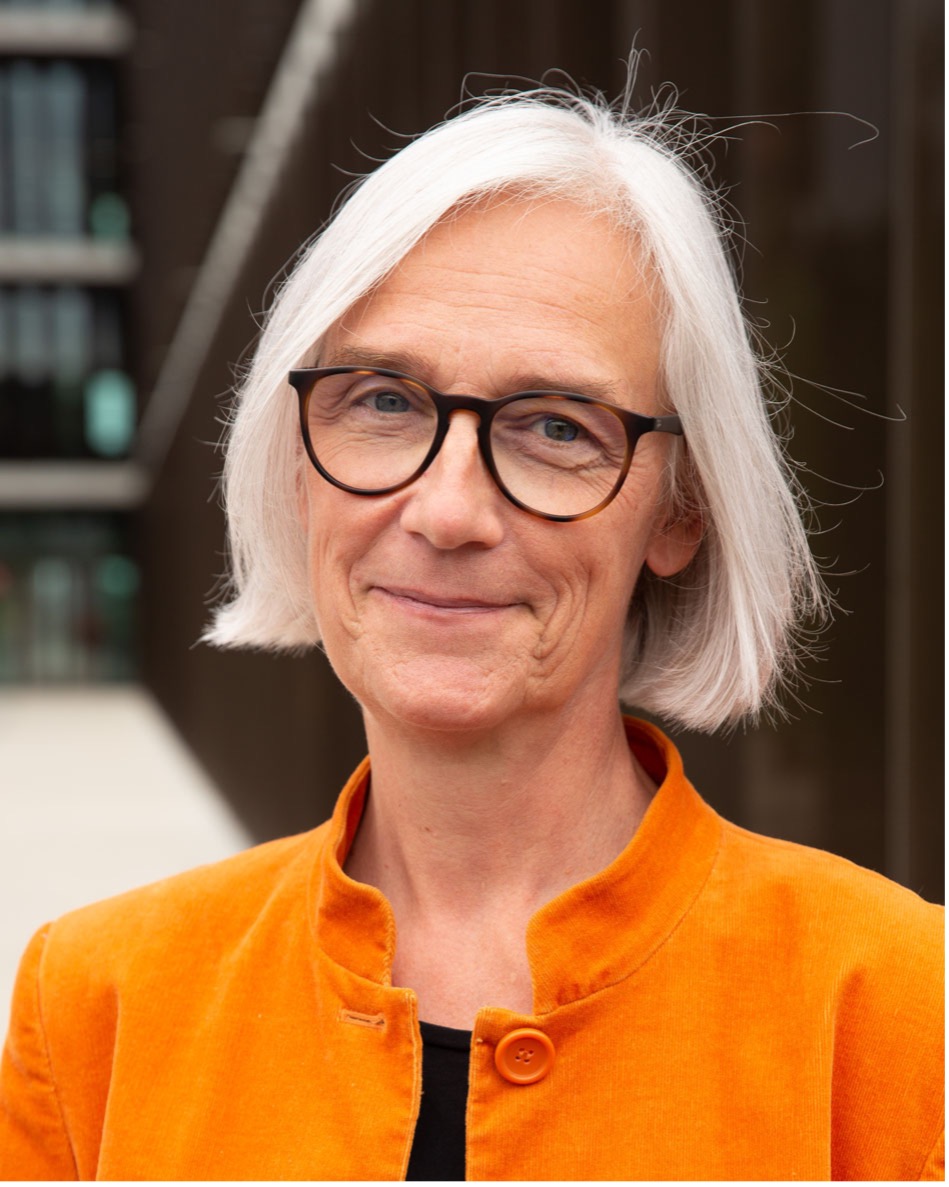Prof. Dr. Anja Kipar

Institute of Veterinary Pathology (IVPZ), Vetsuisse Faculty, University of Zurich;
Department of Infection Biology and Microbiomes, Institute of Infection, Veterinary and Ecological Sciences, University of Liverpool, Liverpool, United Kingdom;
Department of Veterinary Biosciences, Faculty of Veterinary Medicine, University of Helsinki, Helsinki, Finland
Laboratory for Animal Model Pathology (LAMP)
Research IVPZ
University of Liverpool
University of Helsinki
Contact
My main scientific interests are in the area of immunopathology and the (immuno)pathogenesis of infectious and drug induced diseases. We work in natural animal diseases, such as the coronavirus-induced fatal immunopathological feline disease Feline Infectious Peritonitis (FIP) and the arenavirus-associated Boid Inclusion Body Disease (BIBD) of boid snakes, and in animal models of human diseases. The animal model work has a main focus on murine gammaherpesvirus immunopathogenesis and drug induced liver injury, but more recently covers a far wider spectrum in particular of viral and bacterial diseases. To accommodate the specific requirements for morphological studies in particular on laboratory rodents, we have recently established the Laboratory for Animal Model Pathology (LAMP).
Work with animal models, in particular when genetically engineered rodents are used, requires a range of technical approaches to gather morphological and in situ data on infectious agents, cells and/or functions. Since this requires a specific technical service, we have recently established LAMP at the IVPZ, an ISO/IEC 17025 accredited technical platform that provides high standard technical support for morphological studies. Our laboratories are fully equipped with tissue processors, autostainers for histology, immunohistology, immunofluorescence and in situ hybridisation, state-of-the-art photomicroscopes, digital slide scanners with quantification software, laser microdissection and transmission electron microscopy. The technical services are complemented by expert scientific support provided by veterinary pathologists with extensive experience in laboratory animal pathology, rodent models of human disease and ultrastructural pathology. The pathologists are experienced and very interested in interdisciplinary collaborative research. Their involvement is most effective when it ranges from the early stage (experimental approach and protocols) to histological assessment and interpretation as well as the planning and execution of further in situ tests. This will not only make optimal use of the material from the study, but can also lead to a better 3Rs approach.